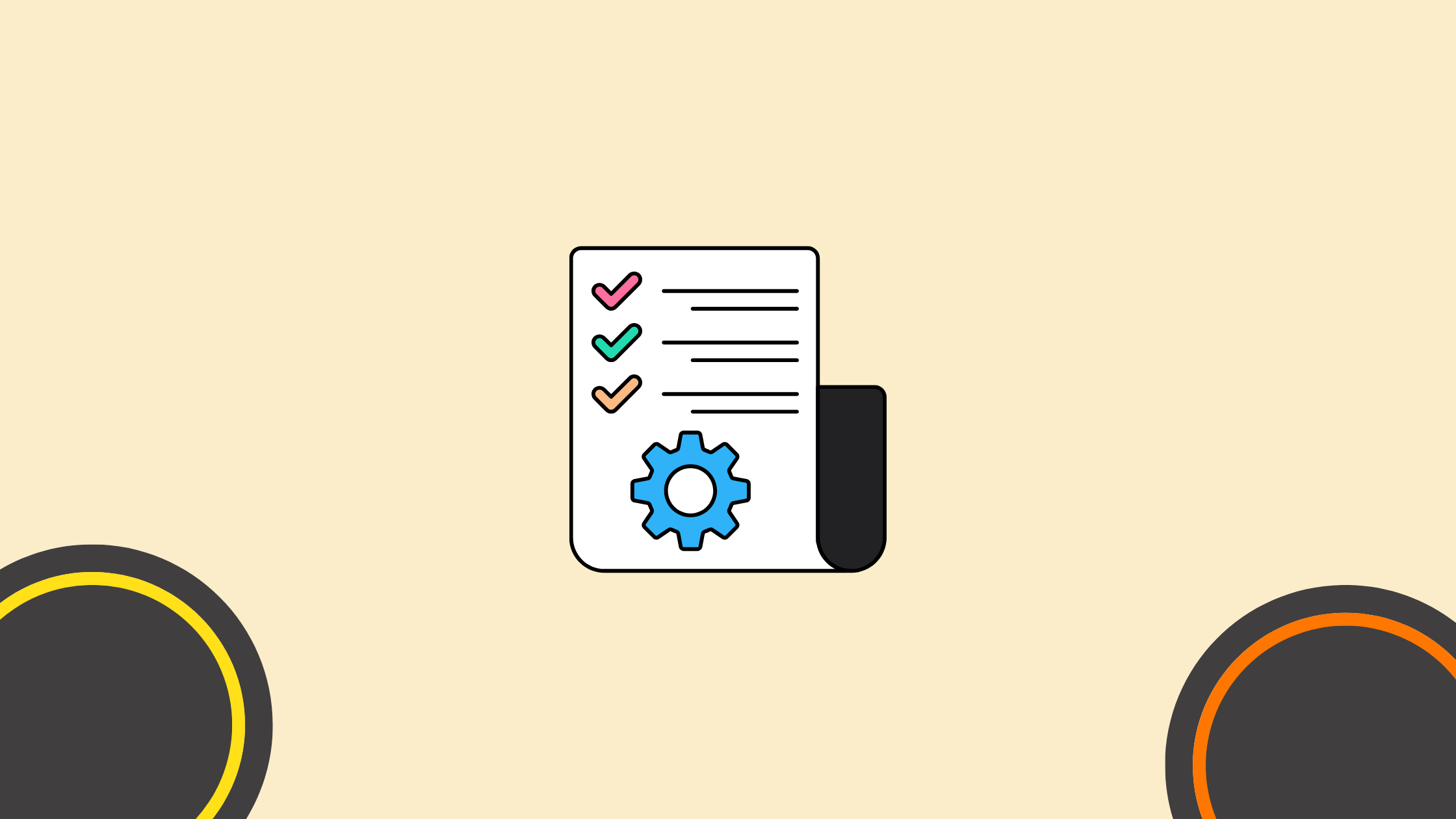Common Multi-Channel Listing Management Challenges and How to Overcome Them

Managing an e-commerce business is quite difficult, as your site needs constant updates to keep it relevant and ‘current.’ And things can get especially busy if you try to manage your store across multiple platforms or marketplaces.
The rise of platforms like Amazon, eBay, Shopify, etc. has forced sellers to expand their businesses to multiple marketplaces to reach a wider audience.
While the greater exposure might seem great for business, letting things get out of hand will negatively impact your sales. This is exactly why many entrepreneurs decide to go with some sort of multichannel e-commerce software to smoothen out the process and workflow.
Chapters
- Why Multichannel Listing Management is a Must in E-commerce
- Benefits of Multichannel E-commerce Listing
- Challenge 1: Inventory Management
- Challenge 2: Pricing Consistency Across Channels
- Challenge 3: Managing Product Descriptions and Listings
- Challenge 4: Order Management
- Challenge 5: Customer Communication
- Challenge 6: Returns and Refund Management
- Challenge 7: Reporting and Analytics
- What’s the Solution?
- Choosing the Right Multi Channel Listing Management Tool
- The Bottom Line
- FAQ
Why Multichannel Listing Management is a Must in E-commerce

Multichannel listing management involves listing and overseeing products across various e-commerce platforms, helping sellers expand their customer reach significantly.
Selling on multiple marketplaces allows sellers to tap into different consumer demographics and increase their visibility. But more than that, effective management ensures that inventory levels are consistent across all platforms, reducing the risk of overselling and ultimately enhancing the customer experience.
Benefits of Multichannel E-commerce Listing
- Increased visibility: More channels mean tapping various bubbles of customers, resulting in high sales potential.
- Diversified sources of revenue: It reduces the risk and dependency of the algorithm of any single platform once you get established across many channels.
- Reach a wider audience: Every platform has its own unique audience concerning choice, buying capacity, or a specific region.
However, listing on multiple platforms requires a great deal of effort. No – you can’t just copy and paste a product into different websites. It takes time and effort to list your products consistently and ensure that all the information is up-to-date on each site.
So, let’s take a closer look at the challenges you can expect to face when starting your e-commerce journey.
Challenge 1: Inventory Management
Imagine you’re selling a product on eBay and need to update your stock.
On a good month, you might have many orders for a specific product, but if you don’t have the physical item in your storehouse or depot, you may be forced to cancel those orders.
This type of inventory mismanagement can result in lost sales opportunities and may even harm your brand’s reputation.
Challenge 2: Pricing Consistency Across Channels
Keeping your pricing consistent across all platforms is a daunting task. The reason for this is that different marketplaces have different fees and limitations to take into consideration.
Also, the purchasing capacities of customers vary across marketplaces. Therefore, price discrepancies can fade a customer’s confidence, thus hurting the brand’s reputation.
Challenge 3: Managing Product Descriptions and Listings
Accuracy and consistency in product descriptions across various platforms can be a time-consuming process and also comes with inevitable errors.
Reselling platforms all have different formatting options and limitations, so while a product is easy to describe on one platform, the same can’t be said for another. This can affect the efficiency as well as the reputation of your business.
Challenge 4: Order Management
It is a chaotic process to handle orders at various platforms. Mismanagement can lead to delayed shipments, wrong product delivery, and many other errors in their fulfillment.
Meanwhile, shipping rules and guidelines vary across platforms, which can complicate the shipping process. Varying shipping rates can also create confusion when trying to optimize for both cost and speed.
Challenge 5: Customer Communication
Handling customers’ queries and feedback on multiple platforms can be an overwhelming task. You can’t answer everyone on time, and the worst is that you must juggle multiple tabs the whole day.
Missing a message can result in losing a sale. Meanwhile, not replying promptly creates a negative impression in the customers’ minds, thus deteriorating your brand’s reputation.
Challenge 6: Returns and Refund Management
Returns and refunds are inevitable if you want to maintain a brand’s reputation and keep an edge over your competitors. However, managing and verifying on multiple platforms at once can be challenging, especially if any marketplace has its own return policy.
Challenge 7: Reporting and Analytics
Gathering data regarding your sales and customer retention across multiple platforms can be highly valuable, as it can help you make wise and fruitful strategies for the future.
However, the issue is that gathering data and plotting is a time-consuming, daunting task that can come with some errors.
What’s the Solution?
Every e-commerce seller must deal with these challenges effectively. Fortunately, adopting multi-channel listing management software or listing management apps for resellers, such as Crosslist, can help alleviate these issues by managing your sales goods across multiple platforms.
Choosing the Right Multi Channel Listing Management Tool

As we’ve already discussed the importance of a multichannel listing tool, here are the features you must analyze as criteria for selection.
- Real-Time Inventory synchronization: It is important, as it is the actual pain point where multichannel management hurts. The tool must be efficient and highly optimized in terms of such synchronization.
- Dynamic Pricing: A tool that can change prices across all attached platforms according to the platform-specific rules, profit margin, and audience buying power from a single command. It can significantly increase your time and financial efficiency.
- Automation: The tool must automate all your time-consuming and key processes without any errors. The bulk editing feature is a plus point.
- Unified Order Management Systems: The tool must guarantee secure and timely fulfillment of your orders and integrated management from booking to shipment to maintain your brand reputation.
- Centralized Customer Service Platforms: A multichannel listing management tool must handle your customers’ basic queries automatically and, if needed, promptly notify you to handle the customer queries from all marketplaces on a single dashboard.
- Unified Refund management: The tool must keep a record of refunds, manage and verify all refunds. It must also pay refunds from any platform through a single dashboard in a few clicks to maximize efficiency.
- Centralized Reporting and Analytics: The tool must have an inbuilt feature to analyze sales and other stats and give you reports like graphs and insights to show which direction your business is going. This will help you create future strategies accordingly.
The Bottom Line
Managing an e-commerce listing on multiple marketplaces can be a daunting task. Unfortunately, sometimes it can be hard to fulfill all aspects due to excessive time requirements and the challenges it entails.
But with the right multichannel listing software, you can overcome these challenges.
Opt for a platform that can automate key processes to ensure consistency and accuracy across all your integrated platforms.
This will save time and reduce errors while promising a better ROI and an elevated brand reputation.
FAQ
What is multi‑channel listing management?
Multi-channel listing management refers to coordinating product listings across platforms like online marketplaces, ecommerce sites, and retail channels to ensure consistency and accuracy.
Why do businesses struggle with multi‑channel listing management?
Common challenges include inconsistent data, manual updates, pricing errors, inventory mismatches, and limited visibility across platforms.
How does inconsistent listing data impact sales?
Product titles, descriptions, images, or pricing that vary across channels can confuse buyers, reduce trust, and lead to lost conversions or negative brand perception.
What role does inventory synchronization play in listing management?
Automated inventory syncing helps prevent overselling and stockouts by updating quantities in real-time or close to real-time across all active sales channels.
How can pricing remain consistent and competitive across channels?
Use automated repricing tools, set minimum margins, or customize promotions per platform to manage pricing without manual updates.
What challenges come from manual listing updates?
Manual updates are error-prone, time-consuming, and difficult to scale—leading to inconsistencies, outdated listings, or missed marketplace compliance issues.
How important is marketplace compliance in listings?
Very important. Each channel has its own rules for categories, descriptions, image specs, or prohibited content—non-compliance can result in penalties or removal.
How do listing errors affect customer experience?
Incorrect product information or slow updates can frustrate buyers, increase returns, hinder trust, and damage brand reputation.
Can centralized tools solve listing management challenges?
Yes. Listing management platforms and integrated tools give centralized control for editing, publishing, syncing inventory, and monitoring performance across channels.
How does automation improve listing accuracy?
Automation reduces manual input errors, streamlines updates, and maintains consistency by pushing changes from a single source to all channels.
What issues arise from failing to track listing performance?
Without tracking sales, impressions, conversions, or error flags per channel, teams can’t identify optimization opportunities or fix underperforming listings.
How do pricing strategy differences across channels complicate management?
Different marketplace fees or consumer expectations may warrant tailored pricing strategies, complicating uniform pricing policies.
How can businesses manage product variants across platforms?
Use tools that properly map variant SKUs, images, and specs across channels—avoiding confusion, duplicate listings, or mismatched attributes.
What role do templates and bulk editing play in listing management?
Templates and bulk-editing tools streamline content updates, support standardization, and help teams apply consistent formatting across multiple listings quickly.
How should teams handle channel-specific listing rules?
Document each channel’s requirements, use validated templates, and automate validation or warning flags to avoid listing issues before publishing.
How do businesses keep listing data up-to-date?
Synchronize data daily, automate updates based on changes in catalog, stock, or pricing, and schedule periodic audits to catch discrepancies.
How can sellers maintain brand consistency across platforms?
Use consistent branding elements, voice, imagery, and messaging templates across channels—even when channel formats differ.
What are common platform integrations used for listing management?
Popular integrations include ERP systems, inventory management software, listing automation platforms, ecommerce APIs, and marketplace connectors.
What scale-related challenges affect large catalogs?
Managing thousands of listings manually becomes impossible at scale; automation, bulk tools, and software support become essential to maintain accuracy.
How should businesses begin improving listing management across channels?
Start by auditing current listings, mapping product attributes, choosing a centralized listing tool, automating key updates, and monitoring performance regularly.
Author Bio
I’m Saad Sardar, an e-commerce enthusiast from Pakistan. I help businesses to maximize their sales via application of efficient strategies. I expertise in e-commerce SEO, management, and Brand-building
Other Interesting Articles
- AI LinkedIn Post Generator
- Gardening YouTube Video Idea Examples
- AI Agents for Gardening Companies
- Top AI Art Styles
- Pest Control YouTube Video Idea Examples
- Automotive Social Media Content Ideas
- AI Agent for Plumbing Business
- Plumber YouTube Video Idea Examples
- AI Agents for Pest Control Companies
- Electrician YouTube Video Idea Examples
- AI Agent for Electricians
- How Pest Control Companies Can Get More Leads
- AI Google Ads for Home Services
Master the Art of Video Marketing
AI-Powered Tools to Ideate, Optimize, and Amplify!
- Spark Creativity: Unleash the most effective video ideas, scripts, and engaging hooks with our AI Generators.
- Optimize Instantly: Elevate your YouTube presence by optimizing video Titles, Descriptions, and Tags in seconds.
- Amplify Your Reach: Effortlessly craft social media, email, and ad copy to maximize your video’s impact.